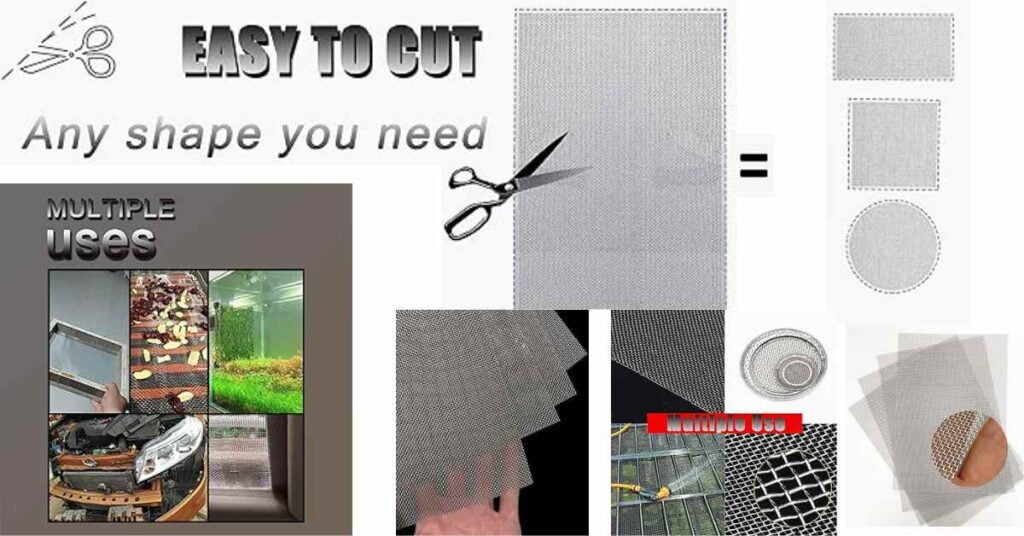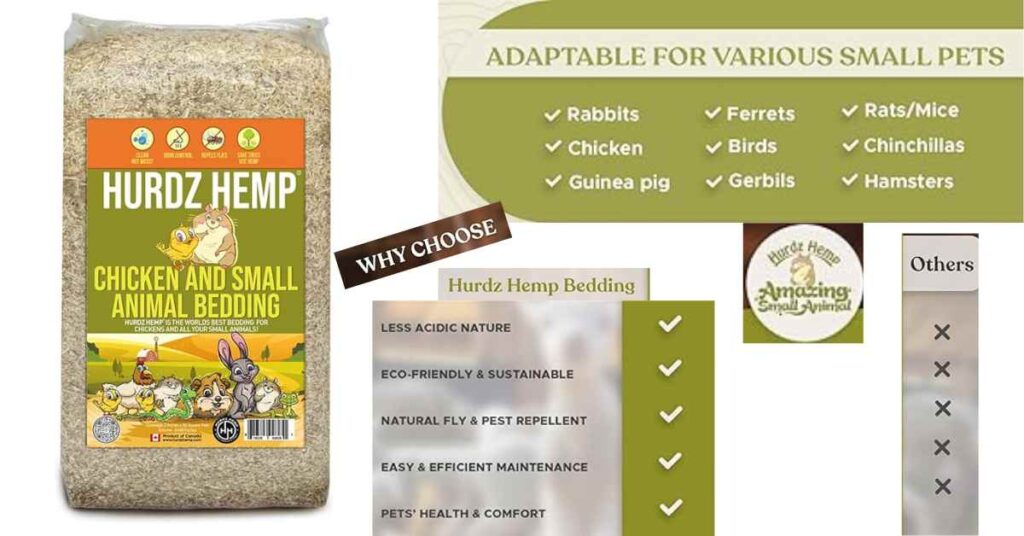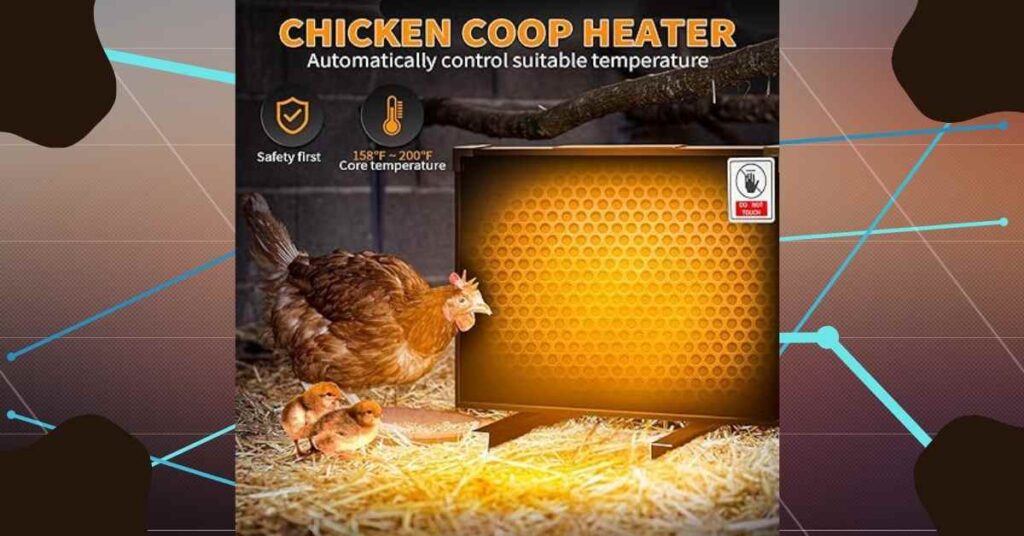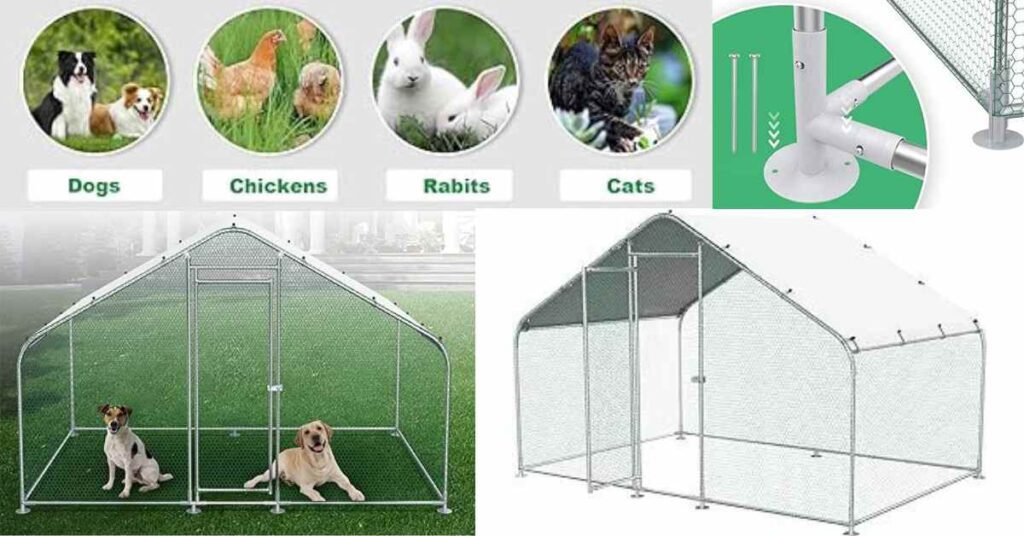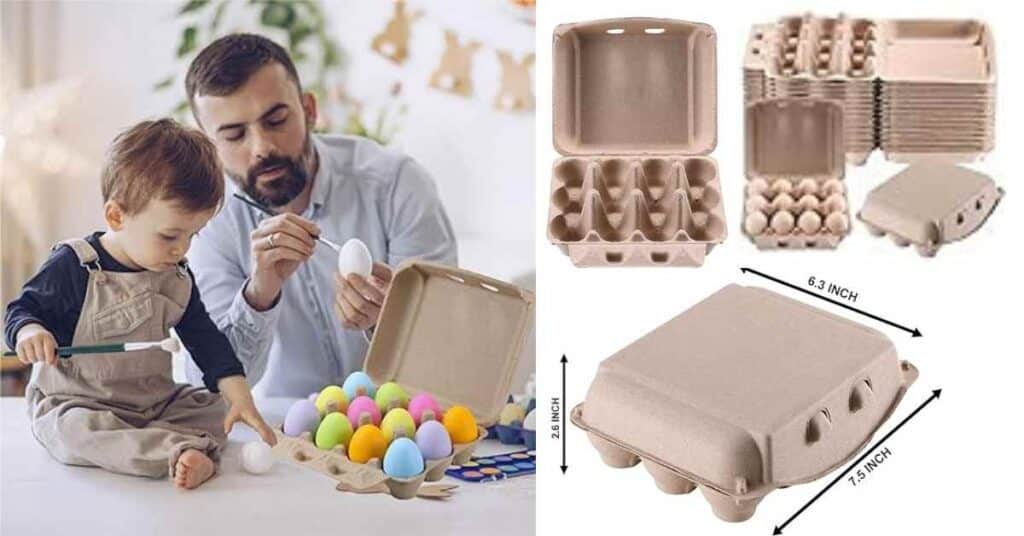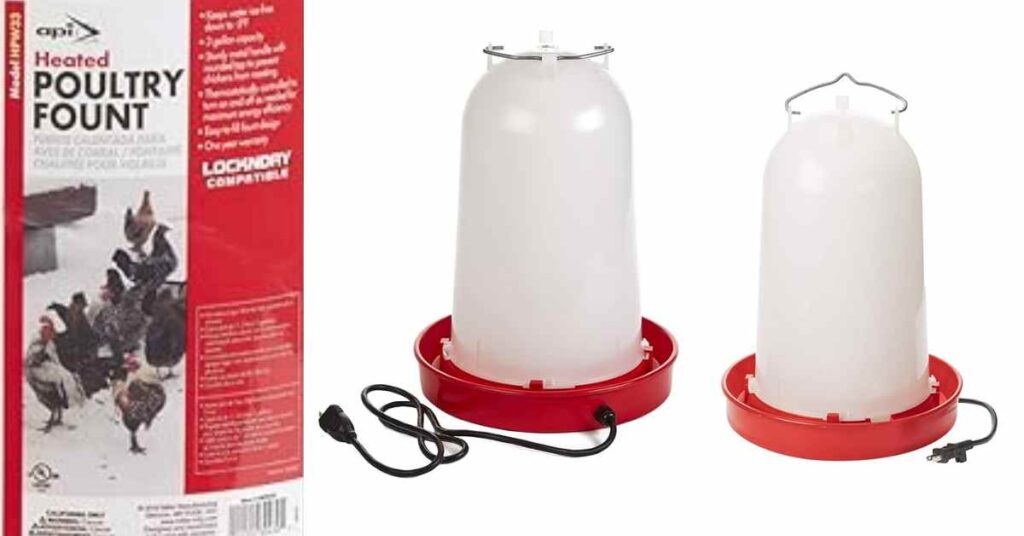Chicken Incubator Unveiled: Your Gateway to Chirpy Adventures!
Table of Contents
1. Introduction:

Welcome to the world of poultry mastery! If you’ve ever marveled at the miracle of life unfolding from an egg, you’re about to embark on a journey that will not only demystify the art of chicken incubation but also unlock the keys to your poultry success.
In this comprehensive guide, we’ll walk you through every crucial aspect of using chicken incubators, ensuring you master the hatch with confidence. Whether you’re a seasoned farmer or a novice enthusiast, the insights and tips within these pages are tailored to elevate your poultry game. So, buckle up as we delve into the wonders of chicken incubation—your gateway to a thriving flock!
2. Understanding Chicken Incubators
Chicken incubators are the heartbeat of successful poultry farming, providing a controlled environment for eggs to develop into healthy chicks. Let’s explore the key elements to understand and consider when selecting and using these essential tools.
2.1 Types of Incubators
2.1.1 Forced Air Incubators:
These incubators utilize fans to distribute heat evenly, ensuring a consistent temperature throughout. Understanding the mechanics of forced air systems is crucial for optimizing hatch rates and chick health.
2.1.2 Still Air Incubators:
In contrast, still air incubators rely on natural convection for heat distribution. Knowing how to manage temperature variations in these systems is vital for a successful hatch.
2.2 Features to Look For
2.2.1 Temperature Control:
Maintaining a stable temperature is paramount for successful incubation. Learn about the different temperature control mechanisms in incubators and how to fine-tune them for optimal results.
2.2.2 Humidity Management:
Humidity plays a crucial role in ensuring proper chick development. Explore the significance of humidity levels, methods of measurement, and how to adjust them during the incubation process.
Understanding these fundamental aspects will set the stage for effective chicken incubation. In the next section, we’ll guide you through the initial steps of preparing your incubator for a successful hatch.
3. Preparing for Incubation
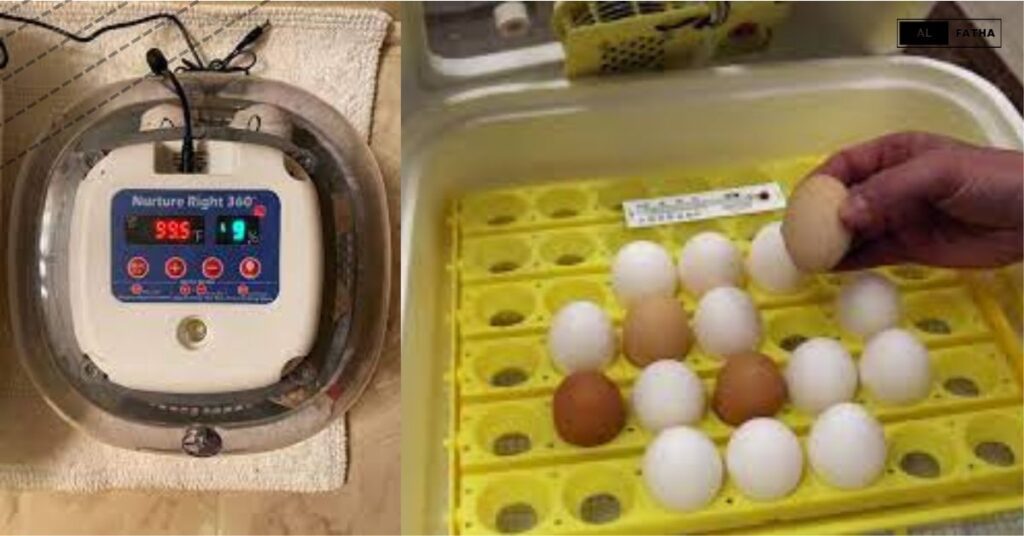

In this section, we’ll delve into the essential steps to ensure your chicken incubation process starts off on the right foot. Proper preparation is the key to creating an environment conducive to successful hatching.
3.1 Setting Up Your Incubator
3.1.1 Ideal Location:
Selecting the right location for your incubator is more than just finding a convenient spot. Factors such as temperature, ventilation, and accessibility play critical roles in creating a controlled environment. We’ll guide you on choosing the perfect spot for optimal results.
3.1.2 Calibration:
Accurate temperature and humidity readings are non-negotiable for successful incubation. Learn how to calibrate your incubator to ensure precision, providing the ideal conditions for the eggs to develop.
3.2 Egg Selection
3.2.1 Quality Criteria:
Not all eggs are created equal. Discover the criteria for selecting eggs with the highest likelihood of a successful hatch. From size and shape to shell integrity, understanding these factors is crucial for the health of the developing chicks.
3.2.2 Storage Conditions:
The journey of incubation begins before the eggs even enter the incubator. Explore the proper storage conditions for eggs to maintain their viability and improve the chances of a robust hatch.
By mastering the preparation phase, you set the stage for a successful incubation process. The next section will guide you through the nuances of the incubation timeline and daily monitoring.
4. The Incubation Process
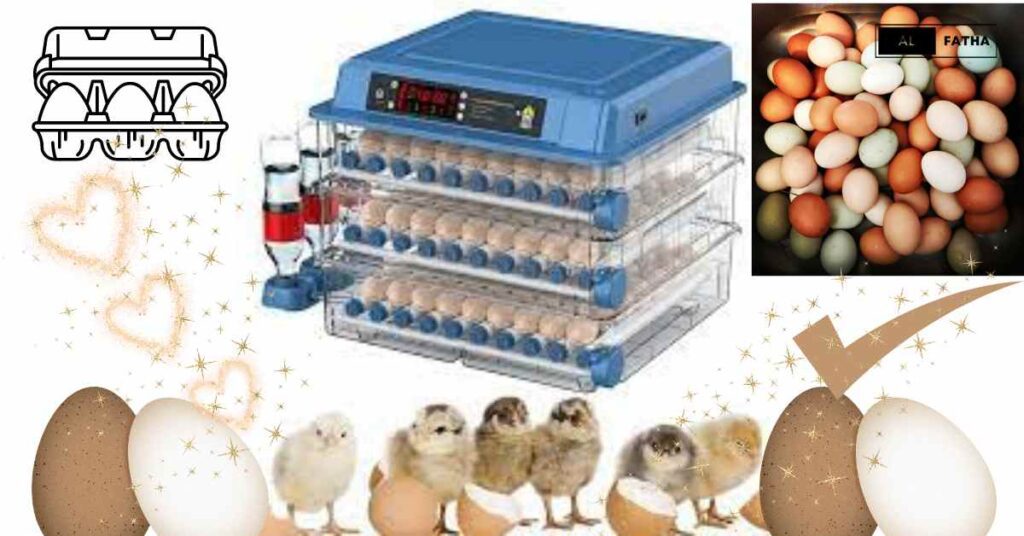

Once your incubator is set up and the eggs carefully selected, it’s time to dive into the intricacies of the incubation process. This section will guide you through daily monitoring and the critical aspects of ensuring healthy embryo development.
4.1 Daily Monitoring
Incubation demands a watchful eye. Daily monitoring is not only about observing but also about making necessary adjustments.
4.1.1 Temperature Checks:
Regular temperature checks are essential. Learn how to use thermometers effectively and understand the subtle temperature variations that can impact your hatch.
4.1.2 Humidity Oversight:
Humidity levels can fluctuate, affecting the moisture balance within the eggs. Discover how to monitor and adjust humidity to prevent issues such as dehydration or malformation during development.
4.2 Rotation Needs
Eggs in nature are turned by the mother hen, distributing the embryo’s weight evenly. In an incubator, this responsibility falls on you.
4.2.1 Frequency and Technique:
Understand the importance of regular egg rotation and the proper techniques to ensure uniform development. Failure to turn eggs can result in developmental abnormalities.
4.2.2 Automation Options:
Explore automated egg turning options available in modern incubators, saving you time and ensuring consistent rotation for optimal results.
Mastering the daily nuances of the incubation process is crucial for the health and viability of the developing chicks. The following section will equip you with troubleshooting skills to address potential challenges that may arise during this delicate phase.
5. Troubleshooting
In the world of chicken incubation, challenges can arise despite meticulous preparation. This section aims to equip you with the knowledge and skills to troubleshoot common issues, ensuring a smooth incubation process and healthy chick development.
5.1 Addressing Fluctuating Conditions
5.1.1 Temperature Fluctuations:
Even with precise calibration, external factors can lead to temperature fluctuations. Learn how to identify and address these variations swiftly to prevent adverse effects on embryo development.
5.1.2 Humidity Challenges:
Environmental conditions can impact humidity levels. Discover strategies to counteract sudden drops or spikes in humidity, safeguarding the delicate balance required for successful hatching.
5.2 Managing Egg Mortality
5.2.1 Identifying Unviable Eggs:
Not all eggs will progress successfully. Learn to recognize signs of unviability, such as lack of development or early mortality, and make informed decisions on their removal to promote the health of viable eggs.
5.2.2 Adjusting Incubation Parameters:
In some instances, adjusting incubation parameters may salvage eggs facing challenges. Understand the fine balance between intervention and allowing natural processes to unfold.
Troubleshooting is a valuable skill that separates successful incubators from those facing setbacks. As we approach the exciting stage of hatch day, the next section will guide you through recognizing signs of imminent hatching and post-hatch care.
6. Hatch Day


The anticipation builds as you approach the culmination of the incubation journey – hatch day. This section will walk you through the thrilling moments of hatching, recognizing signs of imminent hatching, and the essential steps for post-hatch care.
6.1 Signs of Imminent Hatching
6.1.1 Pipping and Zipping:
Understanding the subtle cues of pipping (the first crack in the eggshell) and zipping (the process of the chick breaking free) is essential. Recognizing these signs indicates that the hatch is underway.
6.1.2 Vocalization and Movement:
Chicks often communicate through soft peeping before hatching. Learn to identify these vocalizations and observe the gentle movements within the egg, signaling the final stages of hatching.
6.2 Post-Hatch Care
6.2.1 Patience in Observation:
Resist the urge to intervene immediately after hatching begins. Patience is crucial as the chicks adjust to their new environment, and attempting to help prematurely can hinder their natural processes.
6.2.2 Providing a Warm Environment:
Chicks need a warm and cozy space post-hatch. Discover the ideal temperature and setup for a brooding area, ensuring the chicks have the best conditions for a healthy start.
6.2.3 Nourishment and Hydration:
Explore the initial feeding and watering requirements for the newly hatched chicks. Providing the right nutrients and hydration is essential for their early development.
Hatch day is a culmination of weeks of careful incubation, and post-hatch care sets the stage for the chicks’ well-being. In the following section, we’ll explore the importance of maintaining and cleaning your incubator between cycles to ensure continued success in your poultry endeavors.
7. Maintaining Your Incubator


Successfully guiding your eggs through the incubation process is just the beginning. Regular maintenance of your incubator is essential for its longevity and sustained effectiveness. This section will delve into the necessary steps for cleaning and maintaining your incubator between cycles and conducting seasonal checks.
7.1 Cleaning and Maintenance
7.1.1 Between Cycles:
After a hatch, your incubator requires thorough cleaning to remove any residue or contaminants. Learn a step-by-step process for cleaning and sterilizing the interior, including the trays, walls, and sensors.
7.1.2 Seasonal Checks:
Seasonal changes can affect the performance of your incubator. Understand the specific checks required for different seasons, including adjustments to temperature and humidity settings to accommodate external environmental variations.
7.2 Advanced Techniques
7.2.1 Staggered Hatching:
Explore the concept of staggered hatching, a technique that allows you to extend the hatching period, providing flexibility in managing a growing flock.
7.2.2 Dual-Species Incubation:
For those looking to diversify their poultry, discover the intricacies of dual-species incubation. Learn how to create an environment that accommodates the needs of different bird species simultaneously.
Mastering the maintenance routines and exploring advanced techniques ensures the longevity and versatility of your incubator. As we move forward, we’ll delve into evaluating the success and efficiency of your incubation efforts, considering factors such as energy costs and hatch rates.
8. Evaluating Success and Efficiency
Beyond the joy of hatching, it’s crucial to assess the efficiency and success of your incubation endeavors. In this section, we will explore key considerations, including Return on Investment (ROI), to help you refine your approach and achieve optimal results.
8.1 ROI Considerations
8.1.1 Energy Costs:
Understanding the energy consumption of your incubator is vital for budgeting and sustainability. Learn how to calculate energy costs and explore strategies to optimize energy efficiency without compromising hatch rates.
8.1.2 Hatch Rates:
The ultimate measure of success is the hatch rate – the percentage of eggs that successfully hatch. We’ll delve into factors influencing hatch rates, from incubation conditions to egg quality, empowering you to improve outcomes in subsequent cycles.
8.2 Legal and Ethical Considerations
8.2.1 Permits:
Depending on your location, obtaining permits may be necessary for large-scale incubation operations. Explore the regulatory landscape and ensure compliance with local laws and regulations.
8.2.2 Sale of Chicks:
If you intend to sell hatched chicks, understand the legal requirements and ethical considerations. This includes considerations related to health standards, vaccinations, and fair treatment of animals.
As you evaluate the success of your incubation process, it’s essential to balance efficiency with ethical and legal considerations. Looking ahead, we’ll explore future technologies that may revolutionize the incubation process, from the integration of Internet of Things (IoT) to Artificial Intelligence (AI) monitoring.
9. Future Technologies in Incubation


The world of poultry farming is continually evolving, and so is the technology that supports it. In this section, we’ll explore exciting advancements in incubation technology, from the integration of Internet of Things (IoT) to Artificial Intelligence (AI) monitoring.
9.1 IoT in Incubation
9.1.1 Smart Sensors:
IoT brings connectivity to incubators through smart sensors. Explore how these sensors monitor crucial parameters in real-time, allowing remote access and adjustments for optimal conditions.
9.1.2 Data Analytics:
Collecting and analyzing data is a game-changer. Discover how IoT applications in incubation provide valuable insights, helping you make informed decisions for better hatch rates and overall efficiency.
9.2 AI Monitoring
9.2.1 Machine Learning Algorithms:
AI introduces machine learning algorithms that adapt and improve based on data patterns. Explore how these algorithms enhance the precision of incubation parameters, optimizing conditions for chick development.
9.2.2 Predictive Analytics:
AI goes beyond real-time monitoring to predictive analytics. Understand how incubators equipped with AI can predict potential issues before they arise, allowing proactive measures for a smoother incubation process.
Embracing IoT and AI technologies in incubation not only enhances efficiency but also opens doors to unprecedented levels of precision and control. As we near the end of our exploration, we’ll conclude by summarizing the key points and encouraging you to integrate these advancements into your poultry farming practices.
10. Egg Incubators in the Market


In this section, we will provide an overview of some of the best-selling egg incubators available in the market. Whether you are a beginner or a seasoned poultry farmer, selecting the right incubator is crucial for a successful hatch. We’ll also offer a brief guide to help you make an informed decision based on your specific needs.
10.1 Overview of Best Sellers
10.1.1 Copele Poultry Tripod Feeder 30kg:
While not an incubator, the Copele Poultry Tripod Feeder is an essential accessory for your growing flock, ensuring they receive the nutrition they need for optimal health.
10.1.2 Borotto LUMIA 56 Incubator:
Known for its reliability and capacity, the Borotto LUMIA 56 Incubator is a popular choice for those looking to hatch a moderate number of eggs.
10.1.3 Aquatabs Inline Water Purification System:
Clean water is vital for poultry health. The Aquatabs Inline Water Purification System ensures a safe water supply, contributing to the overall well-being of your flock.
10.1.4 Lodi Ruby Paste Bait Rat & Mouse Killer Poison Difenacoum:
Controlling pests is essential for a healthy poultry environment. The Lodi Ruby Paste Bait offers an effective solution for managing rat and mouse populations.
10.1.5 Strangford DOC 150 Trap & Tunnel Combi:
Designed to target grey squirrels, rats, stoats, and weasels, the Strangford DOC 150 Trap & Tunnel Combi provides a humane and effective approach to pest control.
10.1.6 Spypoint Link Micro LTE Trail Camera:
Monitoring your poultry area is made easy with the Spypoint Link Micro LTE Trail Camera. This camera offers remote surveillance, allowing you to keep an eye on your flock even when you’re not on the farm.
10.1.7 Strangford Mini Dry Plucking Machine:
For those involved in processing poultry, the Strangford Mini Dry Plucking Machine offers efficiency and convenience, ensuring a smooth plucking process.
10.1.8 MS 30x40cm Chick Brooder Heat Plate:
Creating a warm environment for newly hatched chicks is crucial. The MS Chick Brooder Heat Plate provides a reliable heat source, promoting the well-being of your chicks.
10.2 Selection Guide for Buyers
10.2.1 Assessing Egg Capacity:
Consider the number of eggs you plan to incubate. Different incubators offer varying egg capacities, so choose one that aligns with the scale of your poultry operation.
10.2.2 Suitability for Your Needs:
Evaluate the features of each incubator in relation to your specific requirements. Factors such as automation, egg-turning mechanisms, and temperature control should match your preferences and expertise.
10.2.3 Exploring Brands:
Researching reputable brands is crucial for selecting a reliable incubator. Strangford Incubators, Brinsea, and Borotto are among the trusted names in the industry.
10.2.4 Price Range:
Consider your budget when selecting an incubator. The price range can vary based on features and capacity, so find a balance between affordability and the features you need.
This overview provides a snapshot of some popular poultry equipment beyond incubators, essential for the overall health and management of your flock. When making purchasing decisions, always consider your specific needs and the well-being of your poultry.
As we wrap up our exploration, we encourage you to integrate the insights gained from this guide into your poultry farming practices, ensuring a successful and thriving flock. Happy hatching!
11. Conclusion
In conclusion, mastering the art of chicken incubation is a journey marked by precision, care, and a deep understanding of the needs of developing embryos. From selecting the right incubator to navigating the intricacies of daily monitoring, troubleshooting challenges, and embracing cutting-edge technologies, this comprehensive guide has equipped you with the knowledge to elevate your poultry farming endeavors.
As you embark on your incubation adventures, remember the significance of maintaining and cleaning your incubator, evaluating its efficiency, and staying informed about future technologies shaping the industry.
Whether you’re a seasoned farmer or a novice enthusiast, integrating these insights into your practices will undoubtedly unlock the keys to a successful and thriving flock. Happy hatching, and may your poultry ventures be filled with flourishing feathers and contented clucks!
12. Frequently Asked Questions (FAQs) about Chicken Incubator Wonders: The Key to Your Poultry Success!
Q1: What is the importance of using a chicken incubator in poultry farming?
A1: Chicken incubators provide a controlled environment for eggs to develop into healthy chicks. They ensure optimal temperature and humidity conditions, increasing hatch rates and overall poultry success.
Q2: What are the main types of chicken incubators, and how do they differ?
A2: The main types are Forced Air Incubators and Still Air Incubators. Forced Air Incubators use fans for even heat distribution, while Still Air Incubators rely on natural convection. Understanding these differences is crucial for effective incubation.
Q3: What features should I look for when selecting a chicken incubator?
A3: Look for features such as precise temperature control, humidity management, and automation options for egg turning. These features contribute to a successful incubation process.
Q4: How do I prepare my incubator for a successful hatch?
A4: Proper setup involves choosing an ideal location, calibrating the incubator, and selecting high-quality eggs based on specific criteria. Each step is essential to create an optimal environment for embryo development.
Q5: What are the signs of imminent hatching, and how should I care for chicks post-hatch?
A5: Signs include pipping and zipping, vocalization, and movement. Post-hatch care involves patience, providing a warm environment, and ensuring proper nourishment and hydration for the newly hatched chicks.
Q6: How do I troubleshoot common issues during incubation?
A6: Address temperature and humidity fluctuations promptly, and identify unviable eggs for removal. Adjusting incubation parameters when necessary is crucial for overcoming challenges.
Q7: What maintenance steps should I follow for my incubator between cycles?
A7: Thoroughly clean and sterilize the incubator, including trays, walls, and sensors, between cycles. Conduct seasonal checks to adjust settings according to external environmental variations.
Q8: How can I assess the success and efficiency of my incubation process?
A8: Evaluate energy costs and hatch rates. Understanding the Return on Investment (ROI) and complying with legal and ethical considerations are crucial aspects of the assessment.
Q9: What future technologies are influencing the field of chicken incubation?
A9: Internet of Things (IoT) brings smart sensors and data analytics, while Artificial Intelligence (AI) introduces machine learning algorithms and predictive analytics for enhanced precision and control.
Q10: Are there recommended egg incubators available in the market, and how do I choose the right one for my needs?
A10: Yes, there are various incubators, including Borotto, Brinsea, and Strangford. Consider factors such as egg capacity, suitability for your needs, brand reputation, and price range when making a selection.


